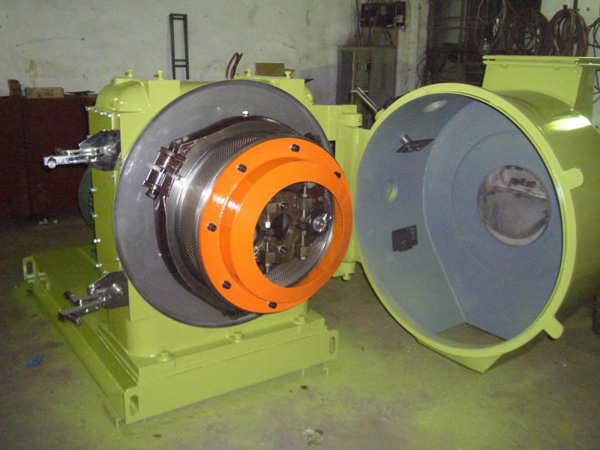Pellet Mill Die is Vital in Making Wood Pellets
BY
James Wang
A better description would be "wood fuel pellets". Wood pellets are a type of biomass fuel, generally made from waste wood. This takes the form of either compacted sawdust produced as a byproduct of saw-milling or grinding wood chips produced from logging operations. The pellets are extremely dense and can be produced with a low moisture content (lower than 10%) that allows them to burn at a very high combustion efficiency. Efficiency in the wood pellet industry refers to both energy contained within a given weight and what is left of the pellet that remains as ash after burning. Another feature is their consistent and small size allowing easy automatic feeding with very good control. They can be fed to a burner by an auger feed system or by a pneumatic conveying system. The high density of wood pellets also permits convenient handling, efficient storage and easy transportation over long distance. They can be loaded by blowing, belt conveyor. Movement of wood pellets from a tanker to a storage bunker or silo on a customer's premises is easily accomplished. Wood pellets stack and flow in a manner very similar to corn allowing corn handling technology and infrastructure to be used without modification.

As the price of heating with fossil fuels increases, more capacity for pellet heating is being installed. A large number of models of pellet stoves, forced hot air heating furnaces and wood petted burning boilers have been developed and marketed since about 1999. With the surge in the price of fossil fuels in 2005, the demand has increased all over Europe and a sizable industry is emerging. Wood pellet demand in the United States and Canada is currently limited to the northeast and rural areas where utility natural gas is not available. In addition to the obvious use of home heating wood pellets can be used for air conditioning and refrigeration by employing absorption coolers. Absorption coolers work by using salts and a liquid to create chemical cooling, absorbing heat into the liquid and then use heat from wood pellets to separate the salts and liquid again, in a recovery cycle.
Wood pellets are produced by first drying any green wood, then pulping the wood by passed it through a hammer mill to provide a uniform dough-like mass. This pulp is then fed into a press where it is squeezed through a die having holes of the required size normally 6 mm in diameter for residential use, or 9 mm or larger for industrial or institutional use. The high pressure of the press causes the temperature of the wood to increase greatly, and the lignin reactivates slightly forming a natural 'glue' that holds the pellet together as it cools, similar to how the wood held together in its naturally state.
There are more specific information on our pellet production Guide Ebook.
There are more specific information on our pellet production Guide Ebook.
©
www.pelletfuelguide.com - All Rights Reserved. E-mail:info@pelletfuelguide.com


